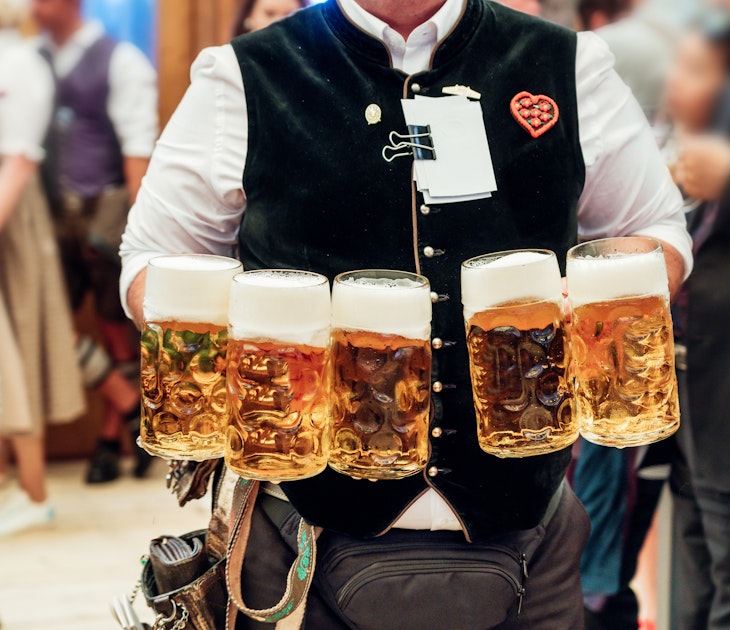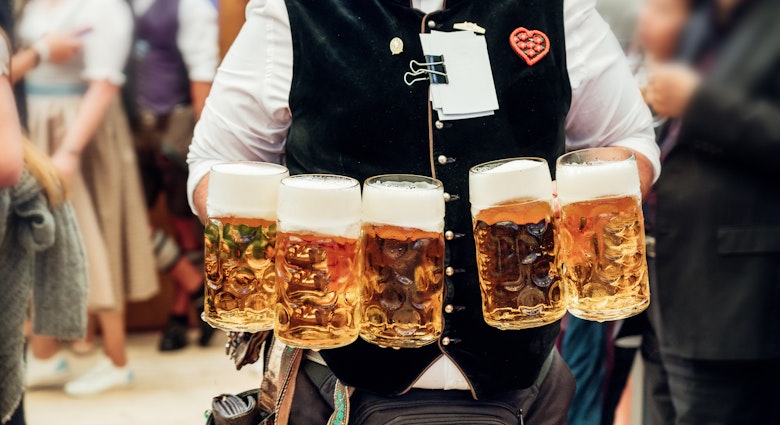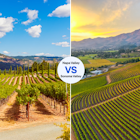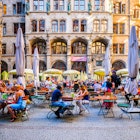Madagascar conjures up images of leaping lemurs, primeval rainforest and idyllic shores. But few people think of the island as a gastronomic destination.
Madagascar was populated by waves of migrants from around the Indian Ocean, who each brought their food staples and recipes with them. Indo-Malayan people brought rice, and today Madagascar has one of the highest per capita consumption of rice in the world. African settlers brought zebu cattle with them for succulent beef, and Arab and Indian traders introduced spices. French colonialists gave Madagascar its love of baguettes and duck -- and also introduced vanilla, Madagascar’s signature spice.
Fusion food at its best
This culinary odyssey means that Malagasy cuisine is a delightful potpourri of Asian, African and European flavours, which has been elevated to new heights by a string of talented and often French-trained chefs.
Leading the gourmet hot list is La Varangue in capital city Antananarivo, where Malagasy chef Lalaina Ravelomanana artfully turns the finest local ingredients into Michelin star-worthy dishes: think zebu steak cooked in smoked lard, with curried chicken livers, spiced carrots and cocoa gravy.
La Varangue has an enviable wine cellar with plenty of French and South African wines, and a few local vintages too -- although Malagasy wine is not as successful as the local rum production, which the Malagasy have turned into an art form . Every restaurant produces its own blend, and no meal would be complete without a digestive rhum arrangé (flavoured rum). Choose from dozens of flavours, like cinnamon, lemon, lychee and vanilla.
For more fine fusion dining around the island, try Mad Zebu (Belo-sur-Tsiribihina; 032-07-589-55), Chez Madame Chabaud (off Ave du Général de Gaulle, Majunga; 020-62-233-27), Piment Banane (Rue de l'Ourd, Tamatave; 034-08-043-09) or Les Bungalows d’Ambonara in Nosy Be.
Culinary tours
Not content with harbouring fabulous restaurants, Madagascar also has a number of great producers who offer tours of their plantations or farms. Chief among them is the Millot Plantations in Ambanja in northwest Madagascar. Although the country is famous for its vanilla, this plantation produces some of the world's finest organic cocoa, which is used in desserts in Michelin-starred restaurants throughout France. Millot Plantations also grows spices and aromatic plants, such as ylang-ylang, vetiver or patchouli, that are distilled on the premises, and the essential oils are sold to the French perfume industry. The plantation runs three- to four-hour tours during which guests can taste and smell plants and learn how each is processed. The visit ends with a three-course meal, of which the crowning glory is the chocolate cake and the shot of cocoa-infused rum.
There are many more such visits around the country. In Fianarantsoa, in the south of the country, the Lazan’i Betsileo vineyards are open to the public and produce a variety of red, rosé and white wines. In the central highlands, you can purchase locally-produced foie gras (a type of liver pâté) at Le Coin du Fois Gras (on the RN7 road in the village of Behenjy; 033-11-033-26) or home-made jams and preserves at the Ferme de Morarano in Ambatolampy.











